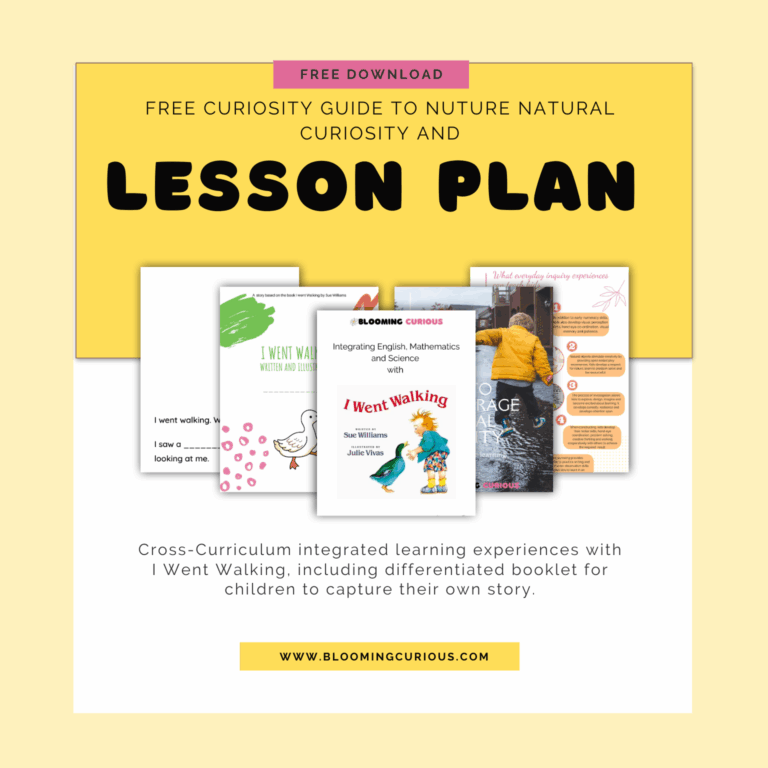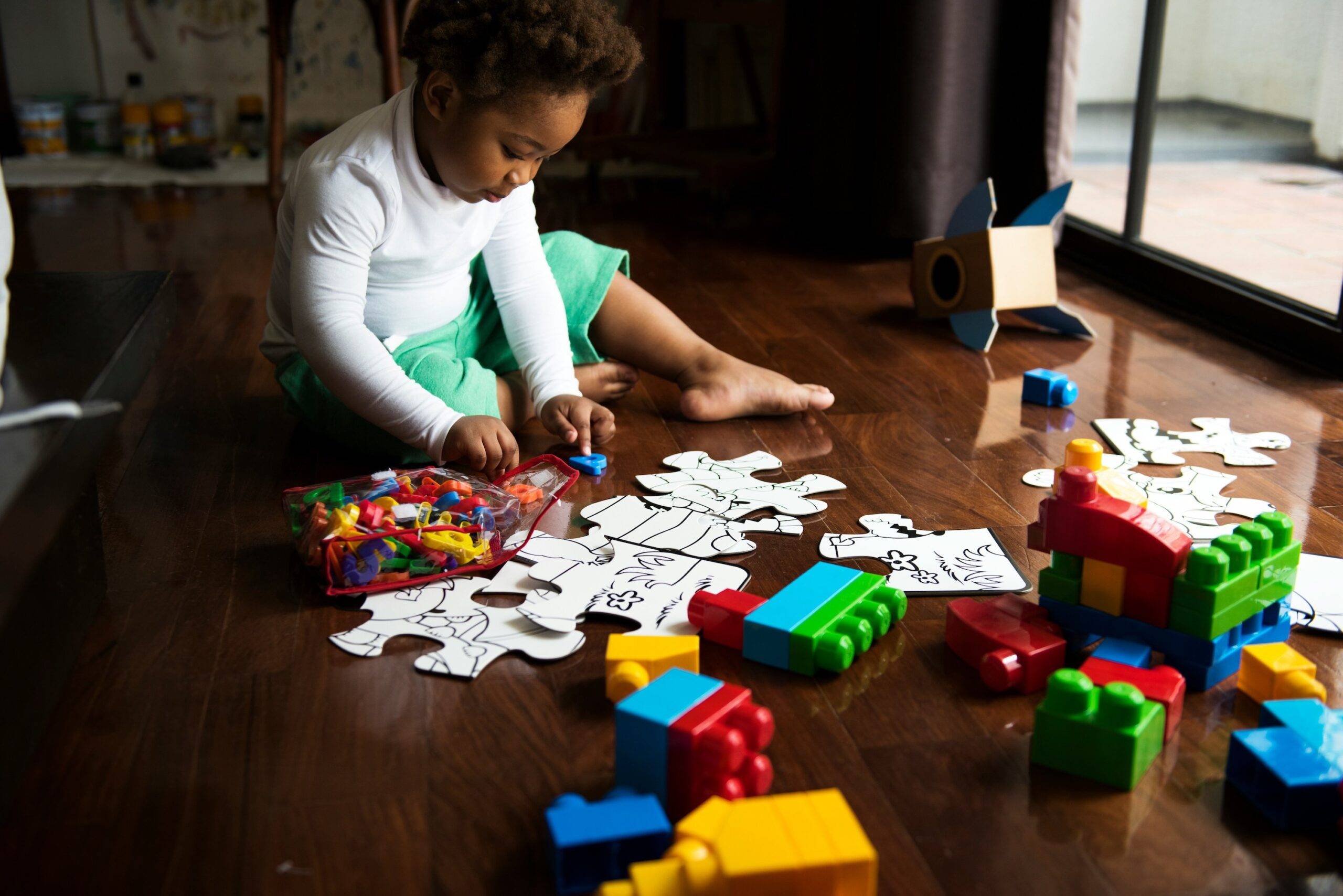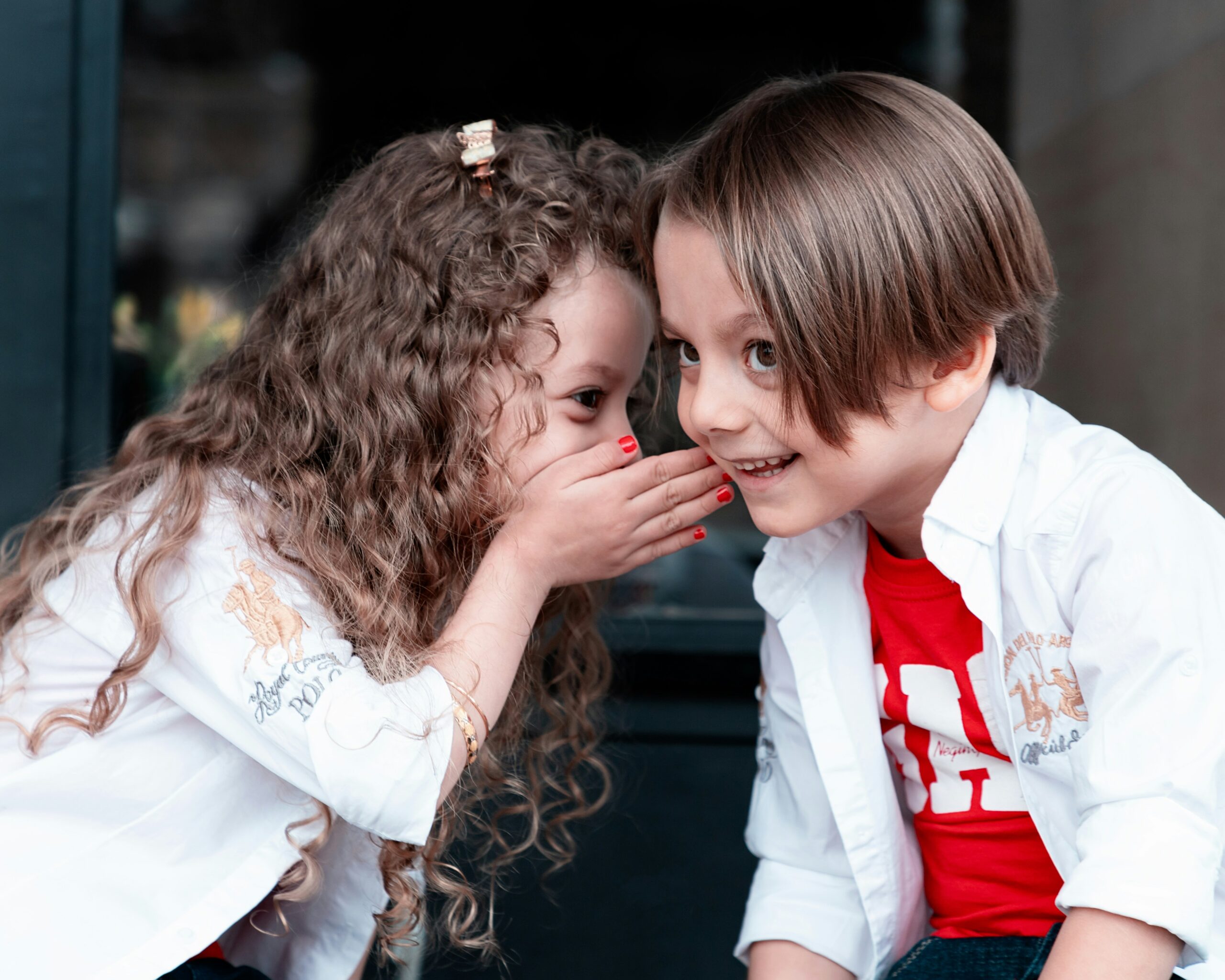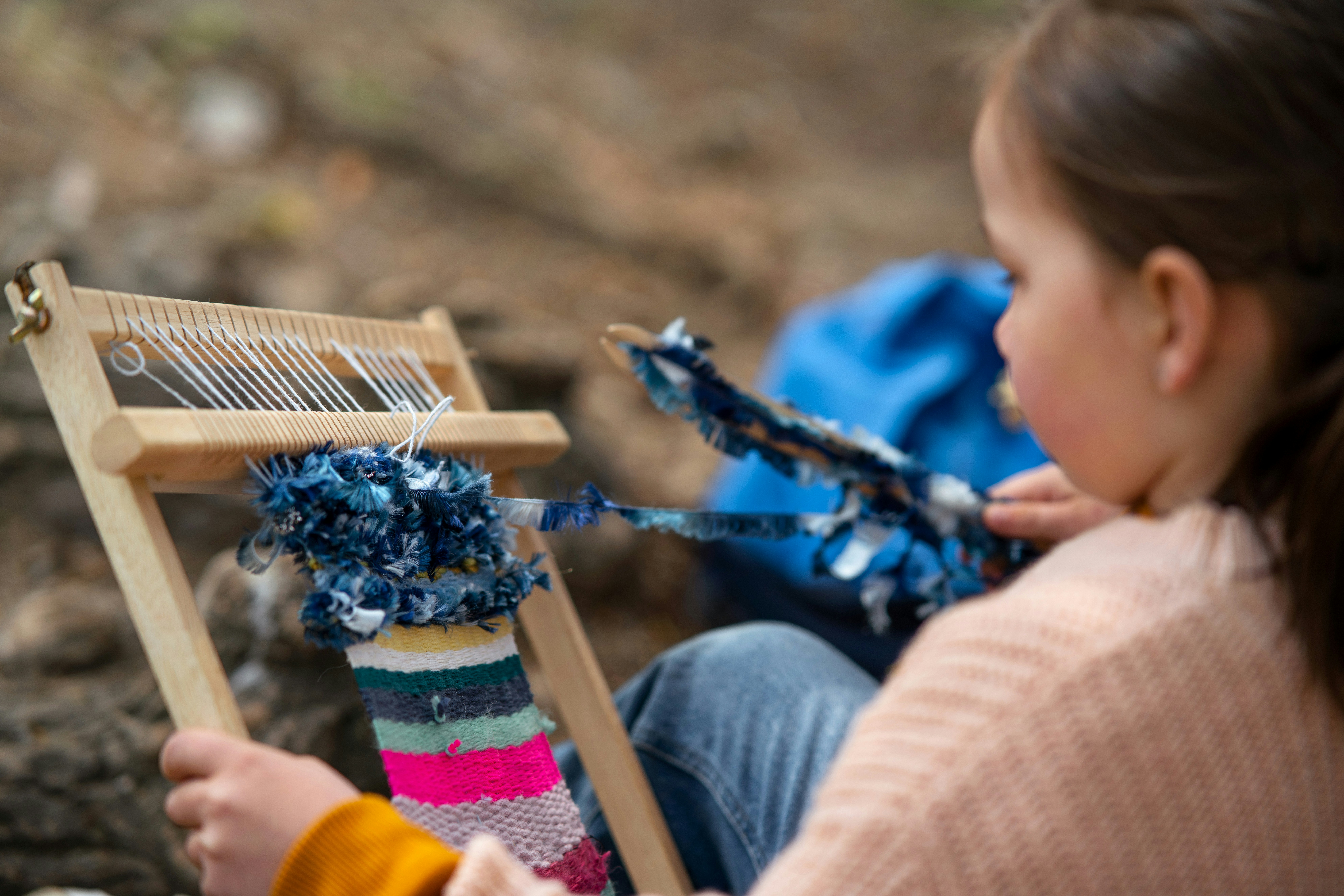Some of the links below may be affiliate links. This means that, at zero cost to you, I will earn an affiliate commission if you click through the link and finalise a purchase. All product recommendations are products that I have used and loved, or products that I would recommend based on experience.
Montessori, Steiner or Reggio Emilia?
In recent years the focus in Early Childhood Education is on a holistic approach to education. Montessori, Steiner, and Reggio Emilia are all holistic approaches with a focus on educating the whole child. These philosophies have had a profound impact on Early Childhood Education.
As parents and educators, we owe it to ourselves and our children, to explore what we believe about Education and how children learn best.
I have an eclectic approach, taking bits from various approaches that align with my philosophy of how children learn best gained through my formal studies, and experience as an educator and parent.
Read on to find out which approach resonates with you.
Reggio Emilia
The one thing that resonates for me about the Reggio Emilia approach is that its mission (and mine) is to provide a nurturing environment that promotes knowledge and a love of learning. It isn’t linear. Rather it sees children as the initiators of their own learning with parents, teachers, and the community as co-collaborators alongside children.
- Parents are seen as their children’s first educators and are critical to children’s learning. Parents and the home, provide the safety and foundation from which children’s learning and curiosity develops.
- Teachers are seen as partners in the learning journey. They guide discovery, problem solving and critical thinking. Teachers guide further discovery and learning from the children’s interests.
- Children are natural communicators and seek to collaborate. Learning in groups and with others is favoured above working in isolation.
- The environment is the third teacher. Reggio classrooms are seen as living organisms. Spaces that only use natural materials to provide authentic opportunities for exploration. Children are seen as capable communicators, each with their own preferred method. They should be allowed to demonstrate their learning and understanding using a variety of materials and methods like drama, art, poetry, sculpture, writing, music etc.
You can learn more about the Reggio Emilia philosophy here https://www.reggiochildren.it/en/reggio-emilia-approach/
Montessori
Montessori education focuses on hands-on independent learning centred on children directing their own learning using beautifully designed Montessori resources. The resources allow children to learn at their own pace and to build on their skill set. The approach encourages a love for learning and many of the principles serve children with special needs – something that really interested its founder, Maria Montessori.
Read about Montessori education at https://www.mwei.edu.au/careers/what-is-montessori/
Steiner Waldorf
Steiner Waldorf education’s approach is founded on the ideas of Rudolf Steiner on how to allow children to be their true selves, be good citizens by contributing to society and to be a force of good in the world. Steiner education is very focused on the developmental stages of children with much emphasis placed on the arts and physical movement. Read all about Steiner education at https://www.steinerwaldorf.org/steiner-education/what-is-steiner-education/
As educators (yes parents are educators too!) we need to know what our own beliefs are around education and how we see our role in educating our children.
Of course, there are many experts in the world who have made it their business to study learning. The list is long, and it will only take a quick Google search to find studies on child development and learning to inform your teaching.
How do Children Learn Best?
Through my observations as an experienced educator I know this: Children thrive when their parents are involved, when they can work with others on their own interest projects, can present those projects in creative ways of their own choosing, and have access to learn in and with nature.
Check out my step by step guide of how to incorporate inquiry learning in your teaching environment and 4 Simple Ways you can include inquiry learning into a child’s everyday activities.
Conclusion
All three these holistic approaches are valuable, and have merit. It is up to you as an educator to decide which approach resonates most with you and your beliefs around educating children, and incorporate some of that into your own teaching if you are not in a school dedicated to one of these approaches.
But most importantly, we need to consider which approach is right for the individual personalty of the child.
What do you think? Have your say on Instagram or Facebook
If you have found this post informative or interesting, please share it using the share buttons below.
Subscribe to Get Curious my weekly inspirational newsletter for curious educators below.
🎧 Listen to the accompanying podcast episode at https://bloomingcurious.com/podcast-episode/ep-8-what-is-you…-to-be-a-teacher/
🎧 Listen to my interview with Montessori teacher Alex Peterson HERE.









